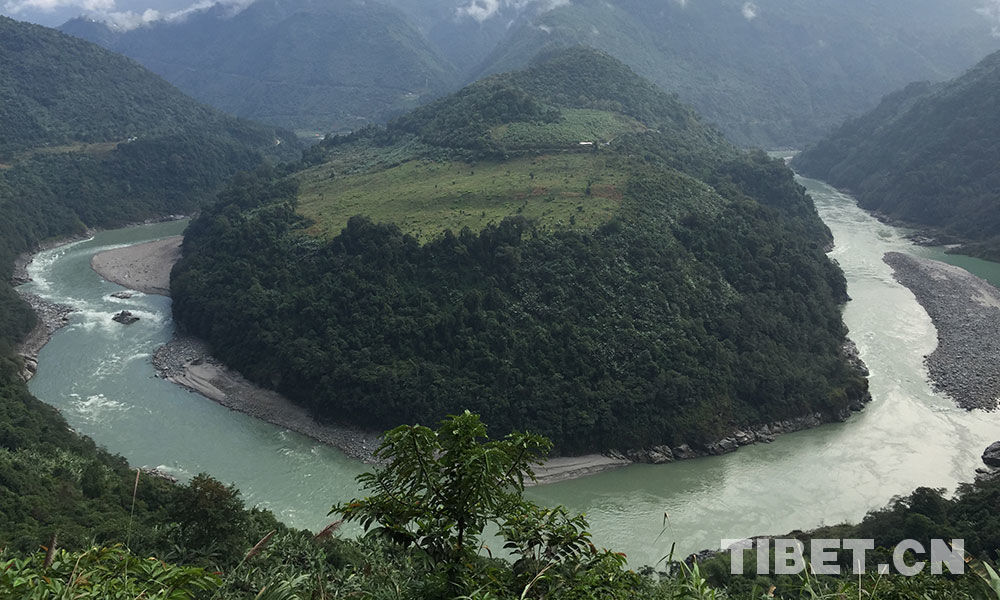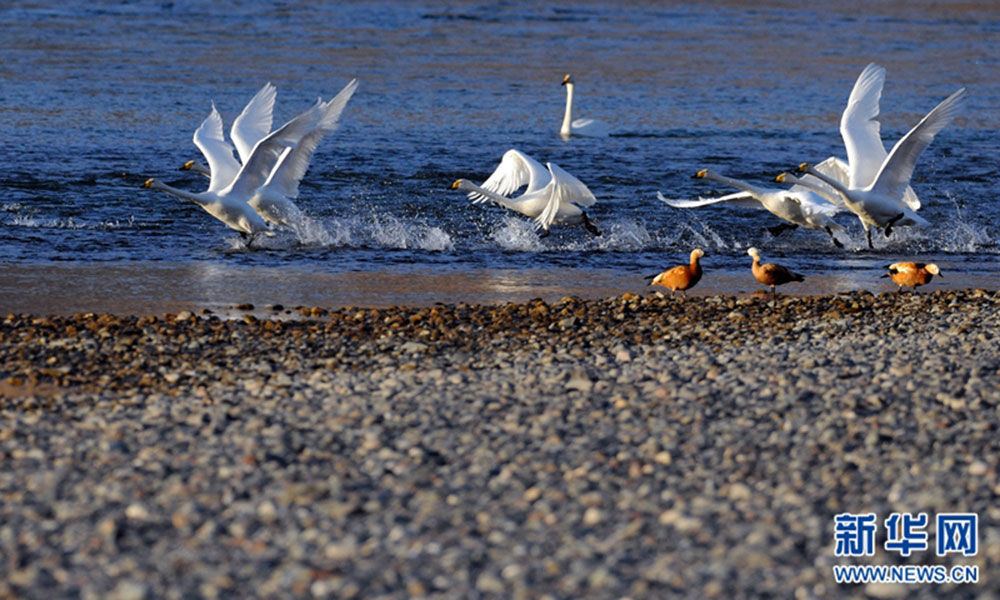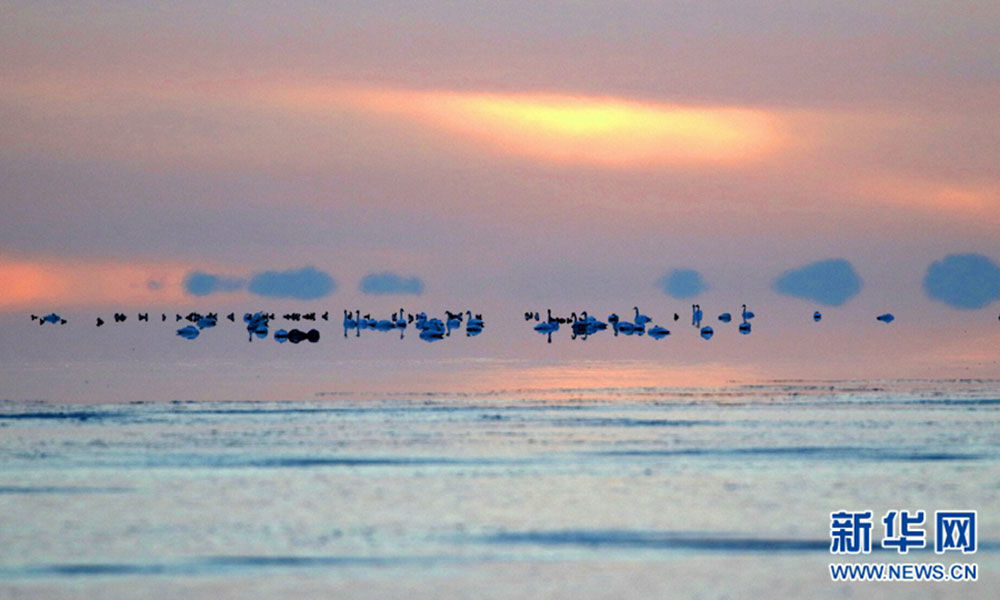Qinghai-Tibet Plateau was "warm", "lowland" 26 million years ago: research
Latest research from China's scientists shows that 24 to 26 million years ago the Qinghai-Tibet Plateau was still a piece of warm and humid lowland. This research result was recently published in the American academic journal Science Report.
Wu Feixiang's team at the Vertebrate Paleontology and Paleoanthropology Institute of Chinese Academy of Science recently discovered anaba fossils and accompanying plant fossils dated back to 24 to 26 million years ago in the 5,000-meter-high Palgon County and Nyima County located at central Qinghai-Tibetan Plateau. The above conclusion was drawn rightly based on this new discovery.
The anaba fossils discovered by the research team are the earliest and most primitive so far, and are named as "Tibetan anabases". In fact, anabases are mainly found in the tropics. Suprabranchial organs evolving from inside the anabases' gill cavity enable them directly breathe oxygen from the air.
However, according to Wu Feixiang, there are suprabranchial organs in the fossilized anabases, too, indicating that they have similar physiological characteristics and ecological habits as modern anabases. This also indicates that the environment in Qinghai-Tibetan hinterland was warm and humid and similar to that of some parts of south Asia.
What's more, there are other paleontological evidences also supporting the above research results. Wu Feixiang said that the trachycarpus fortunei and the acorus calamus, which both enjoy warm and humid environment, are also found among the plant community at the same geological layer with the anabases. According to analysis, this plant community was located at an altitude of no more than 1,000 meters. This shows that the plateau at the time had shown no obvious signs of uplift and the warm air from the Indian Ocean could flow deep into the plateau's hinterland.
According to reports, there are huge divergences in scientists' opinions over the uplift time of the Qinghai-Tibetan Plateau. Some argue that the plateau was formed some 50 million years ago, and it reached its current height 15 to 30 million years ago; some other scholars speculate that it rose to its current level only 7 million years ago or even later; and others presume that the uplift took place sometime between the two.
Your Comment
Name E-mailRelated News
-
;
-
-

-
China to conduct 2nd scientific survey on Qinghai-Tibet Plateau
The government of Tibet Autonomous Region and Chinese Academy of Sciences have agreed to launch a large-scale survey of the Qinghai-Tibet Plateau, 40 years after the first was conducted.
-
-
-

-
Sanjiangyuan Area ushers in its warmest winter in last 56 years
Qinghai Province in southwest China saw its warmest winter this year in the last 56 years due to the high-pressure of west Pacific and Siberia, said a climate expert on Mar. 2.
-
-
-

-
China to enhance ecological protection of national park
China is working on the country's first regulation on the protection of the Sanjiangyuan National Park located in West China's Qinghai-Tibet Plateau.
-
Based in Lhasa, Tibet Vista is a Tibet travel agency that specialized in Tibet permit, and Tibet tours for both private and group travelers at a local price!
•4 Days Lhasa City Group Tour from USD 460 •8 Days Everest Base Camp Group Tour from USD 850 •15 Days Mt.Kailash Group Tour from USD 1780 •2016 Tibet Train Tours from Beijing, Shanghai, Chengdu, Xining,etc










